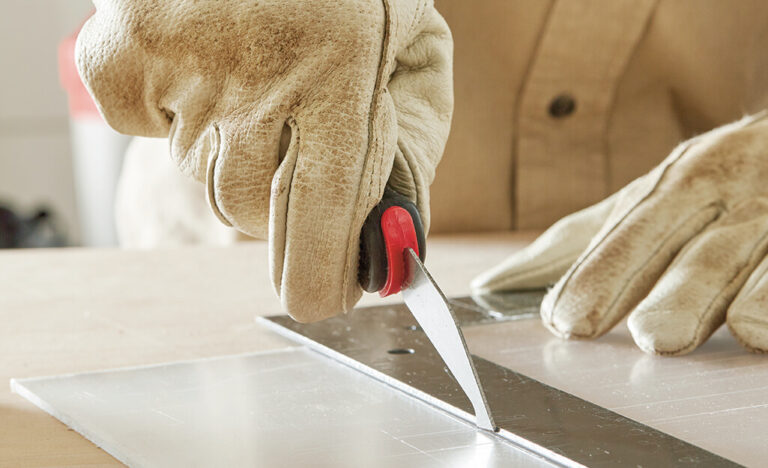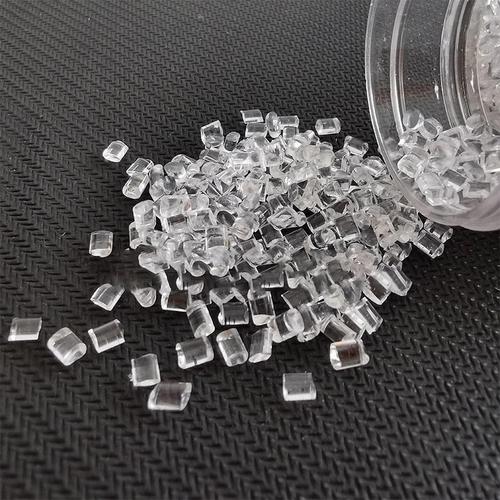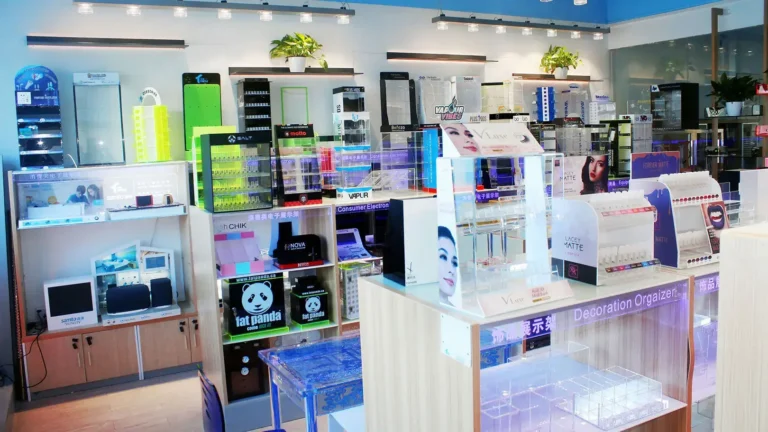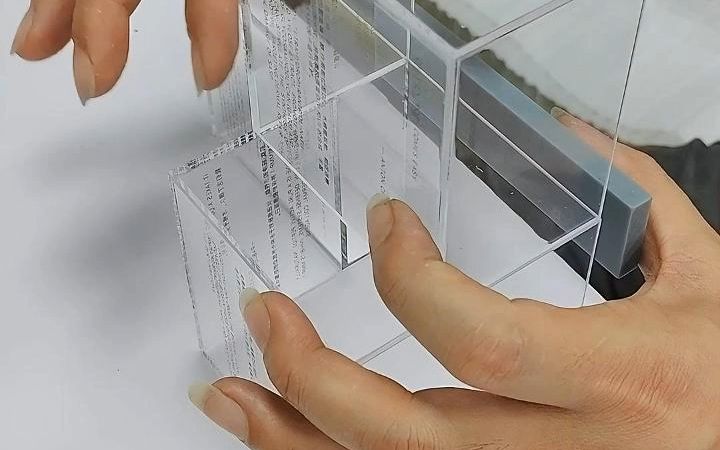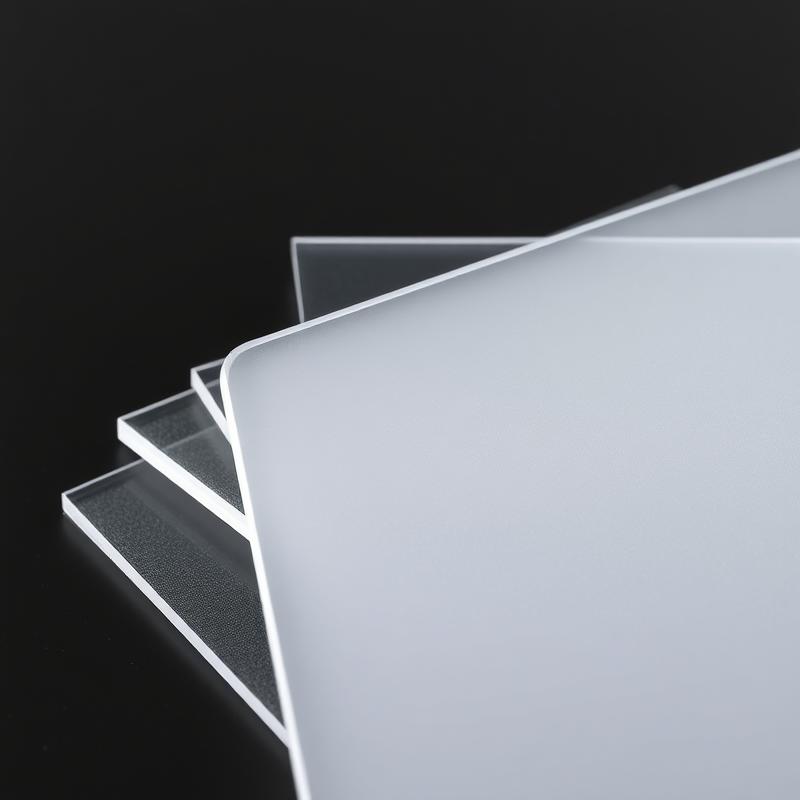-
Xinqi Development Zone, Leliu, Foshan, Guangdong
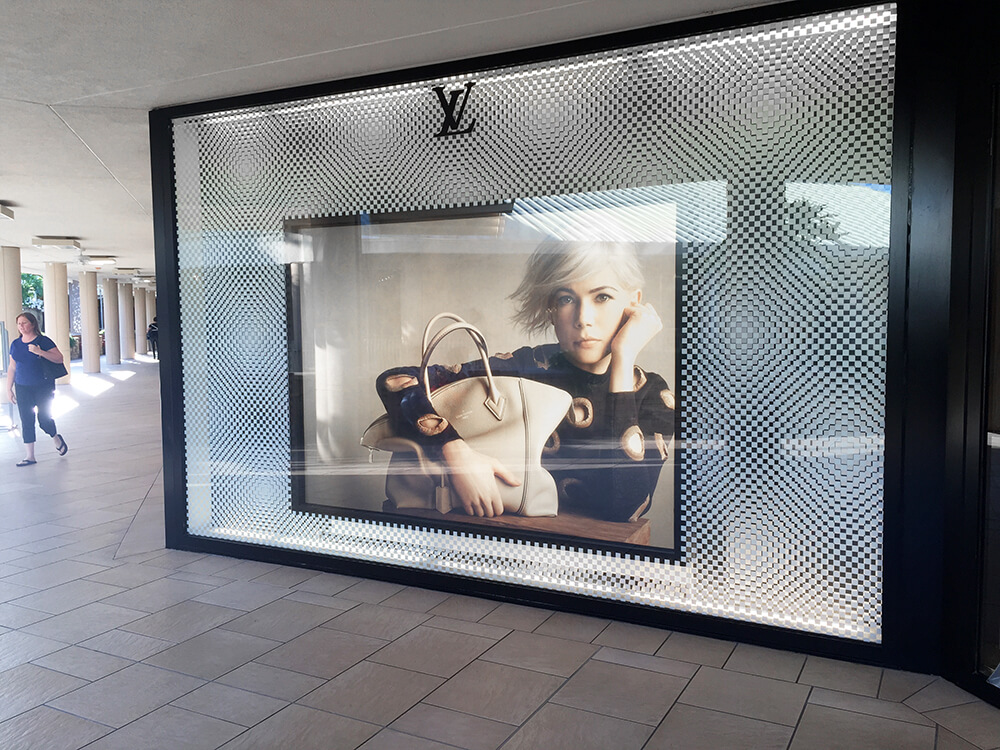
Acrylic Sheet Thickness: 8 Pro Tips to Avoid Costly Mistakes
Table of Contents
Introduction
Acrylic sheet (PMMA) is known as the “Queen of Plastics”. Its light transmittance is as high as 92%, and its strength is 16 times that of glass, but different thicknesses directly determine its performance boundaries and application scenarios. According to the “Global Acrylic Market Report”, the market size will exceed US$8 billion in 2025, and the reasonable selection of thickness can reduce project costs by more than 30%. This article uses 8 key dimensions to deeply analyze the performance differences and industry application rules of acrylic sheets from 1mm to 50mm.
1-3mm thin plate: the king of cost-effectiveness in lightweight design
Performance breakthrough
- Peak transmittance reaches 92%, but the bending strength is only 15MPa
- Heat deformation temperature 80-90℃, UV tolerance level UV-6 (ASTM D4329 standard)
Scene innovation
- Advertising industry: Apple flagship store uses 2mm acrylic to make dynamic light boxes
- Medical field: 3mm antibacterial coated acrylic is used for operating room instrument trays
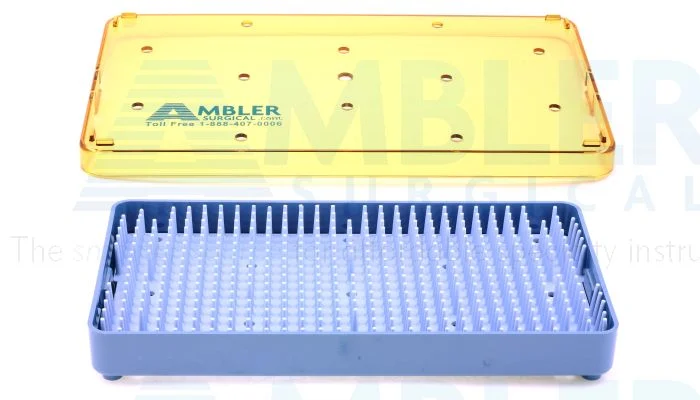
4-6mm medium and thin plates: invisible skeletons for commercial displays
Mechanical upgrade
- Impact strength increased by 40%, transmittance maintained at 91%
- Passed EN 13501-1 B1 fireproof certification (tested by UL Solutions)
Application evolution
- Luxury retail: LV store 6mm gradient dyed acrylic display cabinet
- Aerospace: Boeing passenger aircraft 5mm flame retardant acrylic sunshade assembly

8-10mm structural board: the balance point between load bearing and aesthetics
Performance transition
- Load-bearing capacity reaches 200kg/m² (load test by TAP Plastics)
- Thermal expansion coefficient 7×10⁻⁵/℃, suitable for -40℃~90℃ environment
Cross-border application
- Building curtain wall: Dubai Burj Khalifa 10mm thermal insulation acrylic sunshade system
- New energy field: Tesla charging pile 8mm explosion-proof protective cover
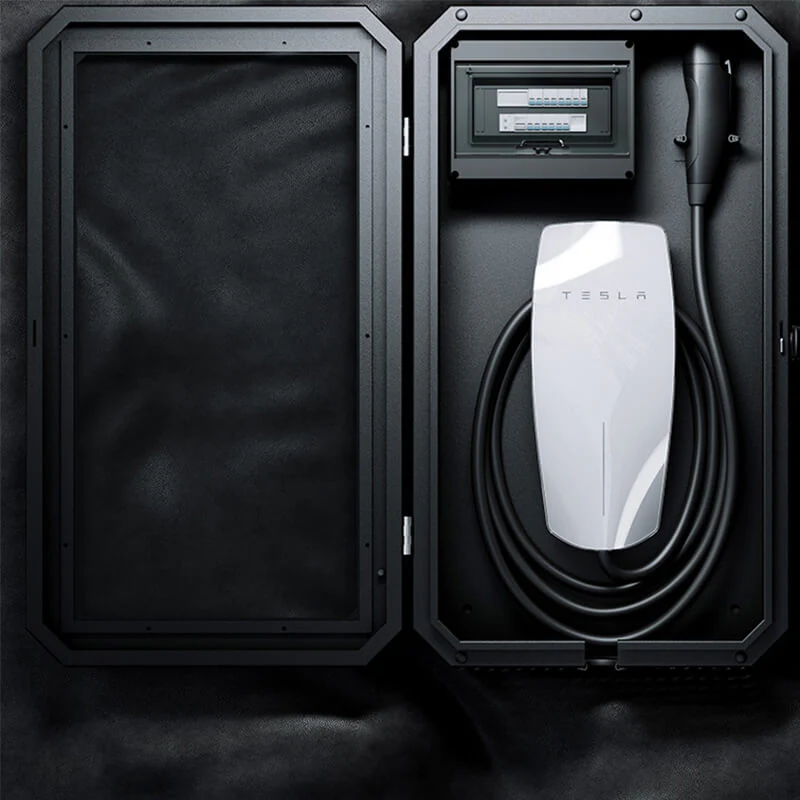
12-15mm engineering board: industrial-grade protection solution
Technical parameters
- Passed the drop ball impact test with a 2.5kg steel ball at a height of 3m (ASTM D256 standard)
- Haze penetration <2%, better than automotive-grade glass
Breakthrough in scenarios
- Smart manufacturing: ABB robotic arm 15mm dustproof observation window
- Marine engineering: South China Sea drilling platform 12mm salt fog resistant hatch cover
18-20mm special board: extreme environment survival expert
Extreme performance
- Compressive strength reaches 120MPa, close to 1/3 of the strength of 304 stainless steel
- Light transmittance remains at 89%, haze <5% (ISO 14782 standard)
Special applications
- Polar research: Antarctic research station 20mm low-temperature crack-resistant observation window
- Defense and military industry: 18mm sonar wave-transparent shield for submarines
25-30mm ultra-thick plates: creators of architectural miracles
Structural revolution
- Span-to-bearing ratio 1:40, can make unsupported 10-meter transparent domes
- Thermal conductivity 0.19W/m·K, energy saving effect increased by 35%
Landmark case
- 30mm suspended pool floor of Singapore Sands Hotel
- 25mm curved astronomical observatory of Shanghai Planetarium
35-50mm giant plates: rewriting material boundaries
Parameter peak
- Water pressure tolerance depth exceeds 100 meters (PMMA deep sea test report)
- Anti-UV life of 20 years (QUV accelerated aging test)
Future applications
- Deep sea hotel: 35mm dome of Maldives submarine suite
- Space exploration: NASA plans to use 50mm composite acrylic to make portholes for the moon base
Intelligent thickness selection model
The following parameters are integrated through AI algorithm:
- Load index (0-5 levels)
- Environmental erosion coefficient (temperature/chemical/ultraviolet)
- Light transmission requirements (LT≥90% needs to be <15mm)
- Processing cost curve (cost increases by 12% for every 1mm increase in thickness)
FAQs of Acrylic Sheet Thickness
How does acrylic sheet thickness affect strength?
Thickness directly correlates with load capacity. 20mm sheets withstand 120MPa pressure, while 3mm sheets only 15MPa (ASTM D638)
What thickness is best for outdoor signs?
4-6mm with UV-resistant coating, balancing durability and cost.
Can thin acrylic sheets replace glass?
Yes for indoor use (1-3mm, 92% transmittance), but avoid high-impact areas.
Does thicker acrylic reduce light transmission?
Minimal impact: 50mm retains 89% transmittance, suitable for observatories.
Conclusion
From 1mm ultra-thin flexible screen backplane to 50mm deep-sea observation window, acrylic sheet is redefining the physical boundaries of material application. A four-dimensional evaluation model needs to be established when selecting thickness: mechanical properties × environmental tolerance × optical requirements × full-cycle cost. It is recommended to refer to the ASTM D4802 standard for prototype testing, and give priority to suppliers certified by ISO 7823. With the breakthrough of 3D casting technology, the thickness difference of a single acrylic sheet will be precisely controlled at the 0.1mm level in the future, opening a new era of customized materials.

